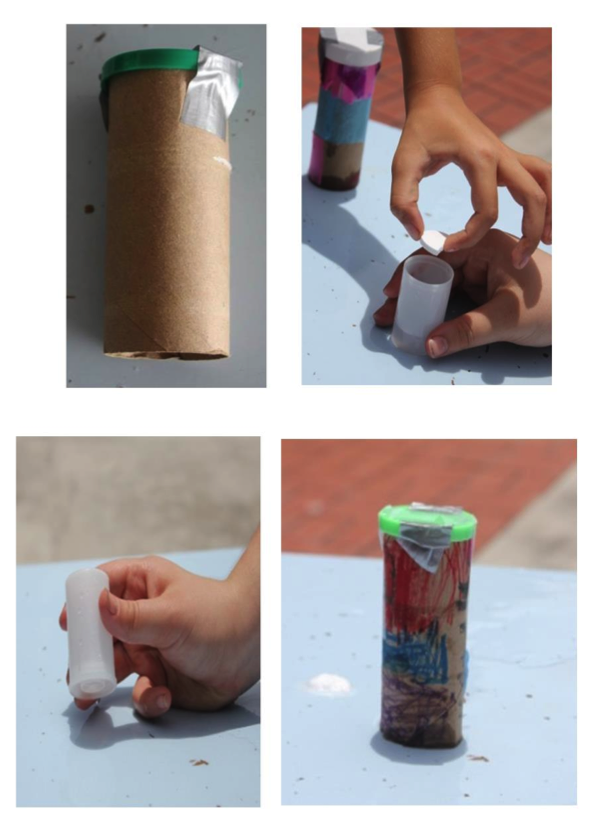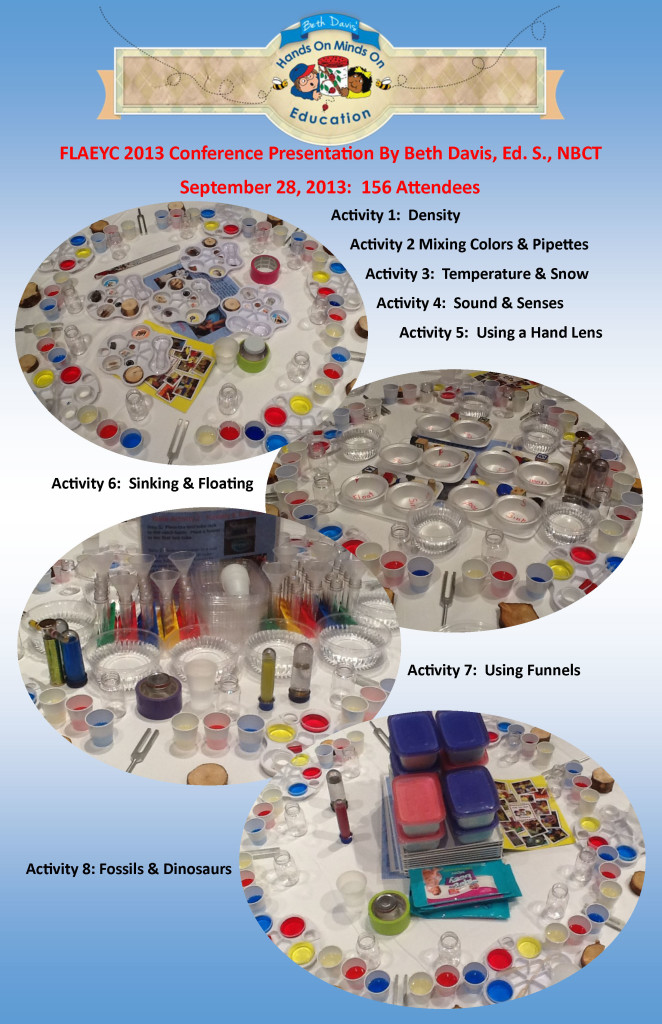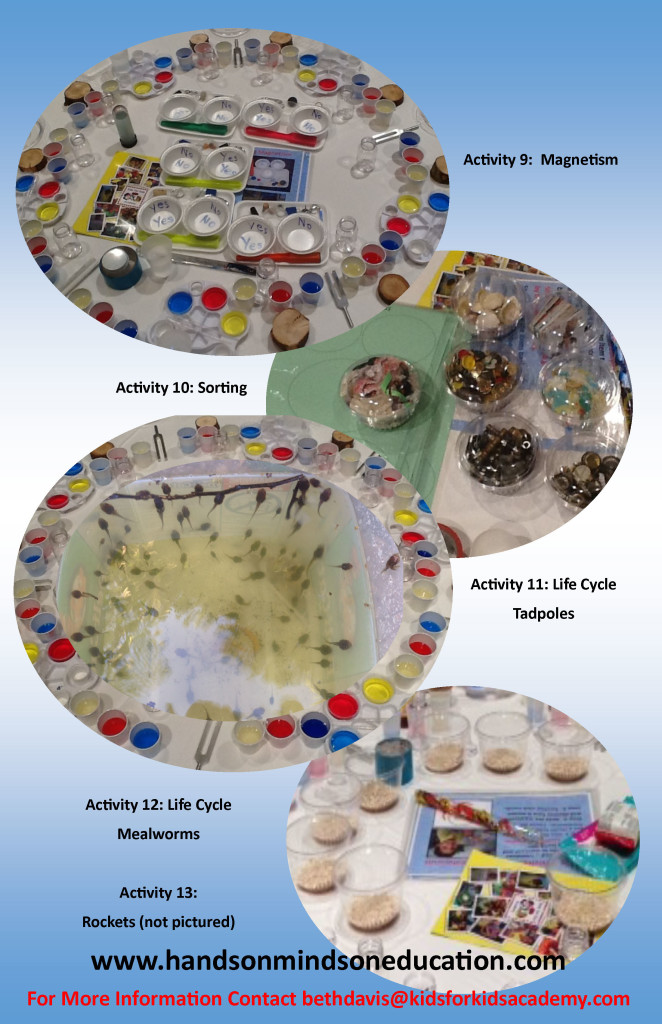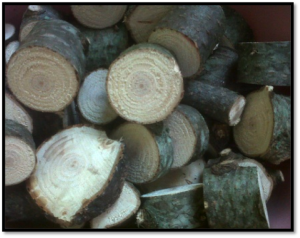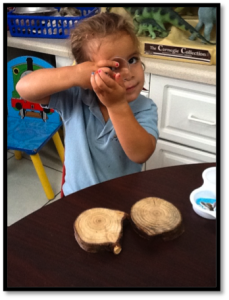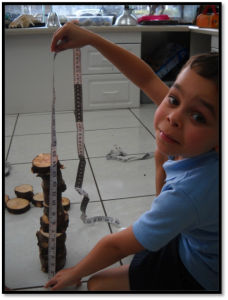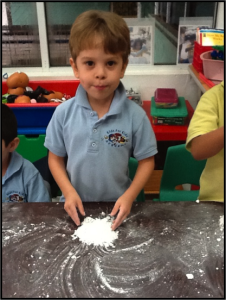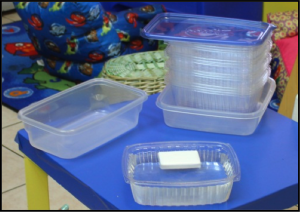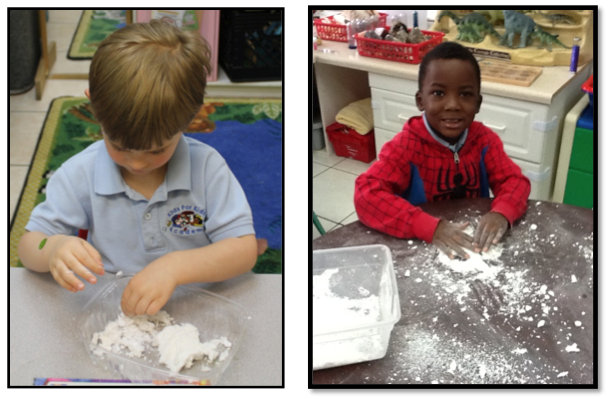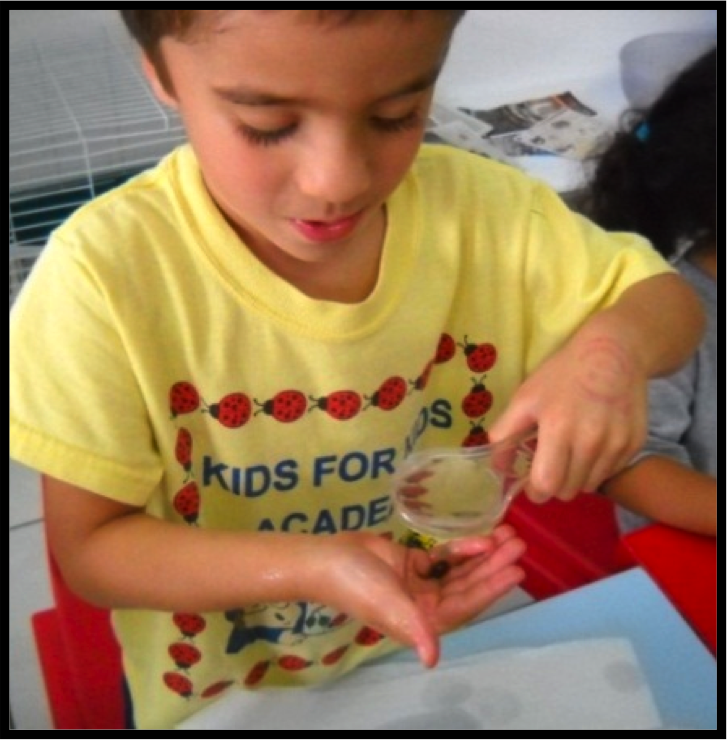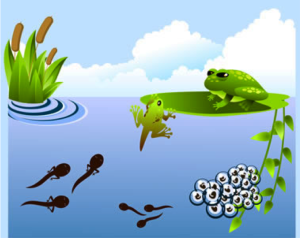The Concept: In this activity, children will learn how columns are used to increase the strength of a building. They will be amazed to find how much weight six ordinary sheets of paper can hold. The children will practice counting as they determine the number of books the paper structure can hold.

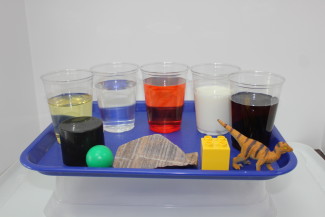
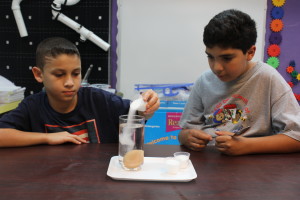
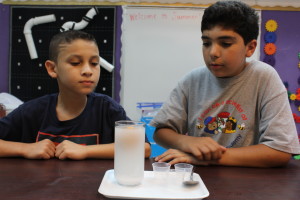
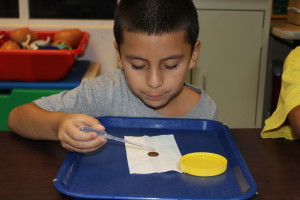
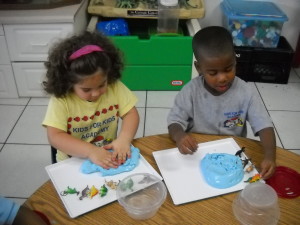
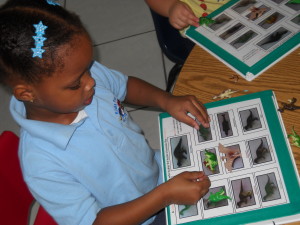
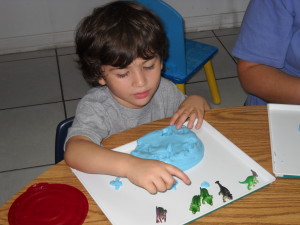

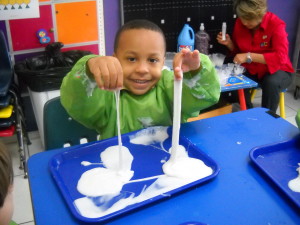

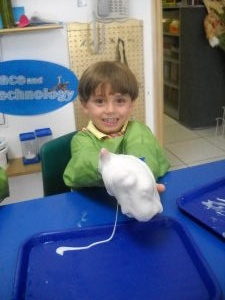
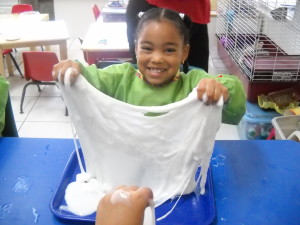

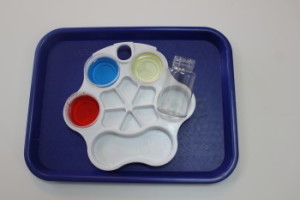
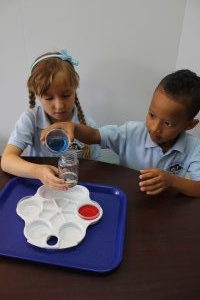

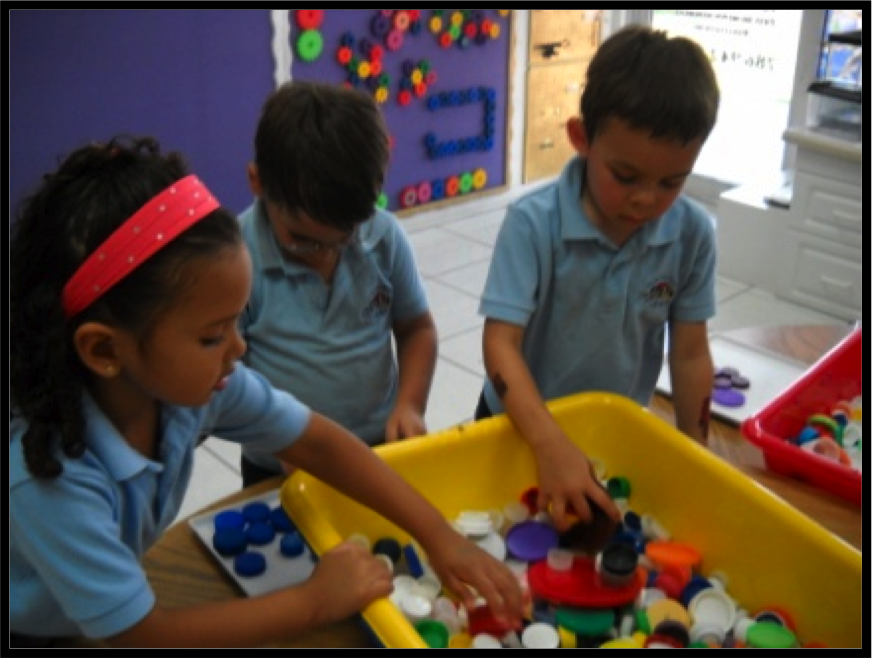
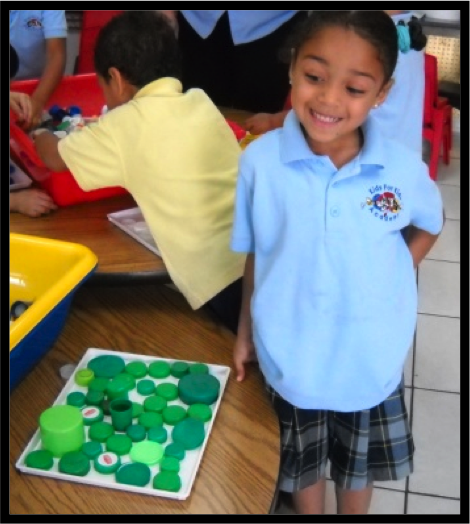
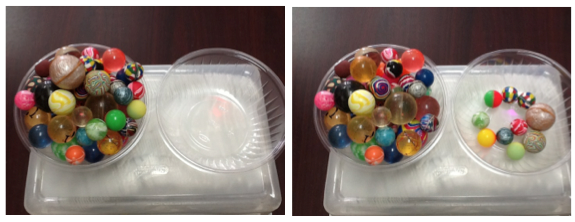
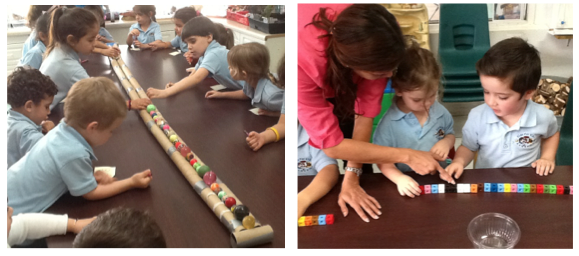


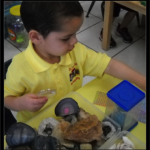 The Concepts: The children will learn that a geologist is a scientist who studies rocks. This activity will give the children an opportunity to explore rocks, compare and contrast rock sizes and colors, and use a hand lens to get a closer look.
The Concepts: The children will learn that a geologist is a scientist who studies rocks. This activity will give the children an opportunity to explore rocks, compare and contrast rock sizes and colors, and use a hand lens to get a closer look.

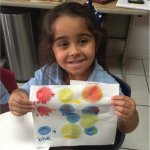 The Concept: The children will make predictions about the hues different primary colors can make. Children will learn about change as they explore how to combine primary colors to make secondary hues.
The Concept: The children will make predictions about the hues different primary colors can make. Children will learn about change as they explore how to combine primary colors to make secondary hues.
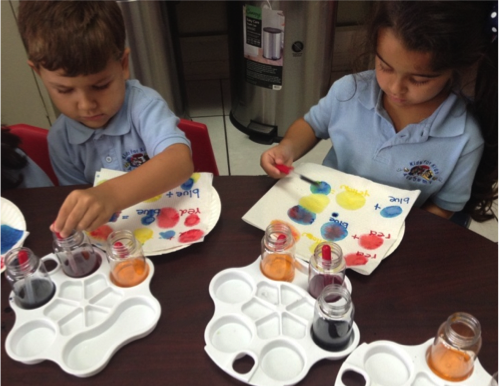
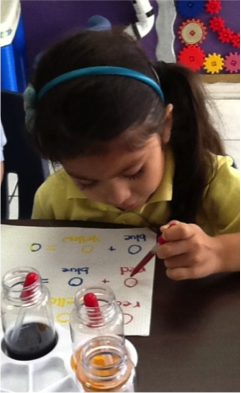
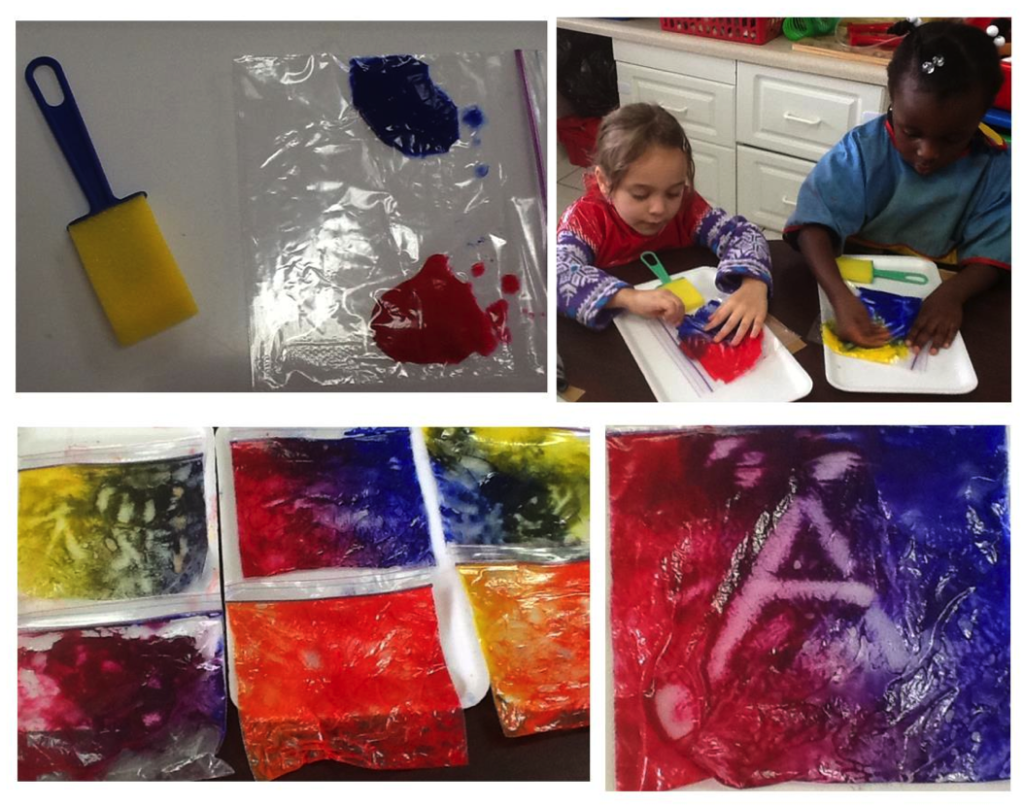
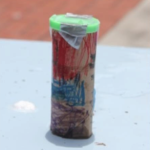 The Concept: Space and space travel are exciting topics for children. Most will know that rockets go up into outer space and that space is a faraway place. This activity involves recycling paper-towel tubes to make rockets. The children will be amazed when the rockets launch high in the air. Concepts presented include following directions, counting, making predictions, and understanding the concept of chemical changes in matter.
The Concept: Space and space travel are exciting topics for children. Most will know that rockets go up into outer space and that space is a faraway place. This activity involves recycling paper-towel tubes to make rockets. The children will be amazed when the rockets launch high in the air. Concepts presented include following directions, counting, making predictions, and understanding the concept of chemical changes in matter.